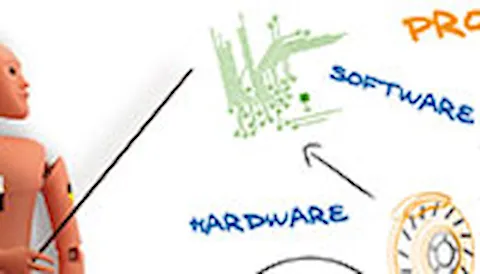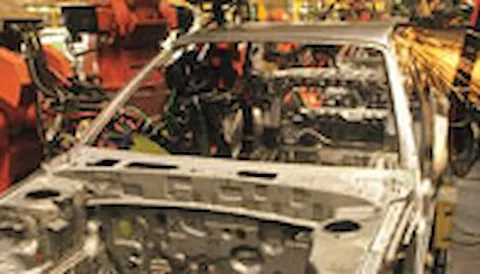Functional safety for process industry
Safety Instrumented System (SIS) is the name used in the process industry for denoting safety systems. They are used to prevent accidents and/or to mitigate their consequences.
Functional safety for process industry
Several different methods are applied to analyze the reliability of the safety functions of a SIS. The required risk reduction from a Safety Instrumented Function (SIF) that is performed by a SIS, is determined from hazard and risk analyses. Once a SIS design is proposed, it is necessary to perform reliability analyses to confirm that the SIF can achieve the desired risk reduction.
Technical requirements
The main objective of a SIS reliability analysis is to capture the combined effects of component reliability, hardware architecture, diagnostics, and choice of operating and maintenance strategies. Approximation formulas and structural models, such as fault trees and reliability block diagrams, are commonly used for SIS reliability analysis. These approaches give reasonably accurate results for simple systems and are easy to use, but they fail to capture the dynamic (time-dependent) system behavior and may thus be inadequate when systems become more complex. Markov methodology and Petri Nets are suitable methods to capture time dependent behaviors and the preferred methods in SIS reliability analysis.
A SIS generally consists of one or more input elements (e.g., sensors, transmitters), one or more logic solvers (e.g., programmable logic controllers [PLC], relay logic systems), and one or more final elements (e.g., safety valves, circuit breakers).
The required functionality and reliability of a SIS are usually deduced from overall hazard and risk analyses. Without proper design, construction, and follow-up, the SIS may fail to provide the necessary risk reduction and a number of standards and guidelines have been developed to assist in designing and implementing SISs.
Benefits
The SIS are widely used to prevent hazardous events, and to mitigate their consequences to humans, the environment, and material and financial assets.
Relevant standards
The design, manufacturing, and operation of SISs are governed by the generic standard IEC 61508, and for the process industry, by IEC 61511, the sector-specific standard for the process industry. The SIS reliability analyses should, therefore, be performed within the framework of these two standards. The standard IEC 61511 is a lifecycle approach to defining, implementing and managing a SIS. Implementing IEC 61511 requires changes in historical work processes, procedures, tools and execution plans. Operating companies should continue to develop corporate standards, guidelines and tools to guide project teams and improve consistency between projects.
Our offering
DNV offers a full scope of evaluation, assessment and certification services in the process industry by covering the following:
- Safety Lifecycle Support
- HAZID / HAZOP / FMEA leadership
- Reliability analysis and failure investigation
- SIL (Safety Integrity Level) determination studies and SIL achievement analysis
- SIF maintenance optimization
- Supplier Conformity Assessment
- Assurance of subcontractors’ performance and product compliance
- Assessments on systematic capabilities of the supplier
- Functional Safety Assessments and Audit
- Assessments and Audits to demonstrate the system or component complies to the requirements of the standards
- Certification and Verification
- Certification of products and systems
- Safety Analysis Report as per NOG-GL070
- Independent Verification of functional safety activities.
Risk based certification
Demonstrate compliance while building sustainable performance.
Your added value
Find out more on the digital customer experience.
Find your local office
Find your nearest Business Assurance office.




